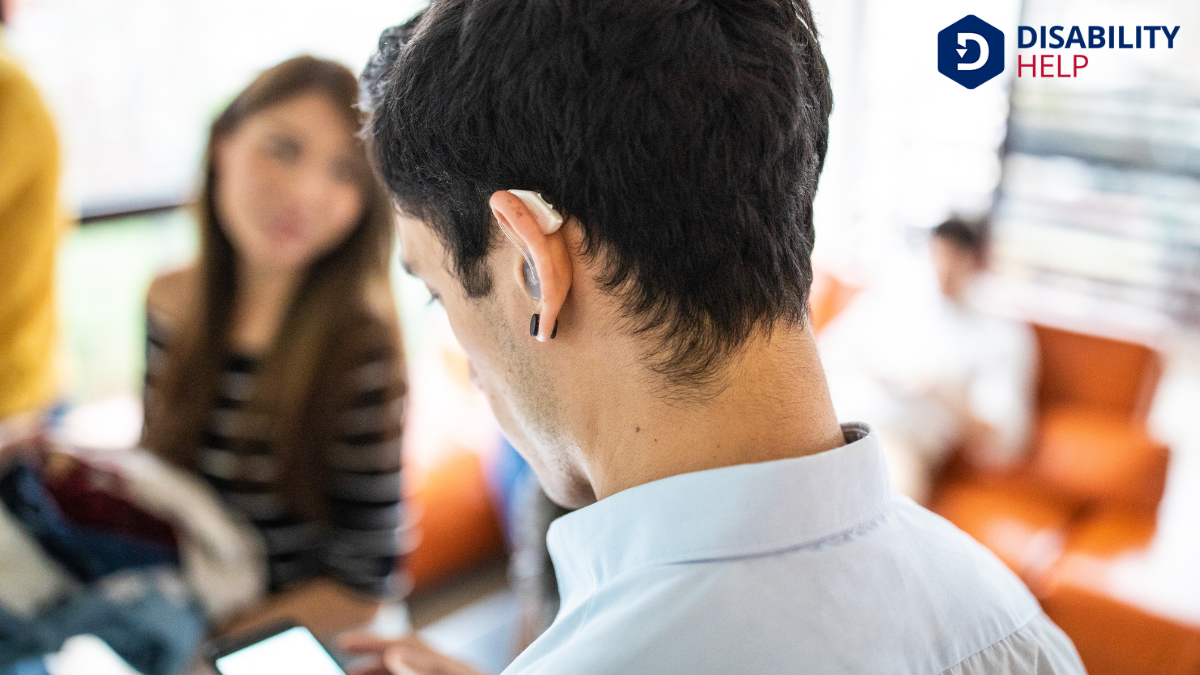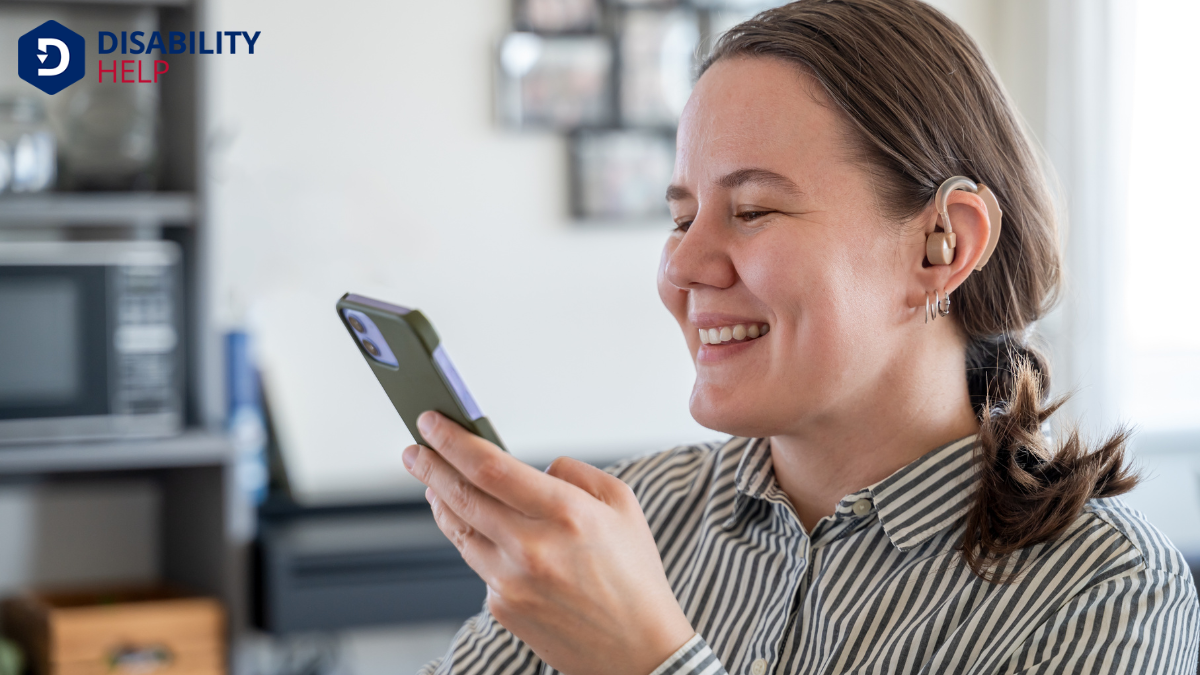Let's explore what an assistive listening device (ALD)A device that amplifies sound to help individuals with hearing impairments. really is. These specialized tools are designed to enhance sound for those of us with hearing impairments, making it easier to navigate noisy environments. They're invaluable in places like theaters, classrooms, and meetings. By amplifying important sounds while minimizing background noise, ALDs play a vital role in improving our communication and overall quality of life. Curious about how they work and their benefits?
Key Takeaways
- Assistive listening devices amplify sound to aid individuals with hearing impairments in challenging auditory environments.
- They minimize background noise and enhance speech clarity for improved communication.
- These devices are essential in theaters, lecture halls, and other public settings.
- Types include hearing loops, FM systems, infrared systemsAssistive listening systems that use infrared light to transmit sound to a receiver, aiding individu..., and Bluetooth-enabled devices.
- They consist of a microphone, transmission system, and receiver to deliver clearer sound.
Understanding the Basics of Assistive Listening Devices
When it comes to understanding assistive listening devices, let’s start with the basics: these tools amplify sound to help those with hearing impairments. They bridge the gap between sounds we hear naturally and those that may be challenging to perceive.
Imagine being in a crowded room where various noises compete for our attention. Assistive listening devices bring the speaker's voice directly to us, minimizing background noise and enhancing clarity. They're essential for improving communication in different environments, like theaters, lecture halls, or even at home.
Types of Assistive Listening Devices Available

Now that we've grasped the basics, let's explore the different types of assistive listening devices available.
We've hearing loops, which create a magnetic field to directly transmit sound to hearing aids equipped with telecoils.
Personal amplifiers help amplify sounds directly to our ears, useful in one-on-one conversations or small group settings.
FM systems consist of a transmitter microphone and receiver, ideal for classrooms or places of worship, as they enhance speech over background noise.
Infrared systems use light waves to transmit sound, suitable for places where privacy is essential, like courtrooms.
Finally, Bluetooth-enabled devices connect to smartphones or tablets, allowing us to stream audio directly.
Each type offers unique benefits, catering to various settings and personal preferences.
How Assistive Listening Devices Work
Although the array of assistive listening devices might seem complex, understanding their basic operation reveals their simplicity and effectiveness.
These devices primarily amplify sound, making it easier for us to hear in challenging environments. They typically consist of a microphone, a transmission system, and a receiver. The microphone picks up the sound we want to hear, like a speaker's voice, and sends it to the transmission system.
The transmission system, often using radio waves or infrared signals, carries the sound to the receiver. We wear or use the receiver, which amplifies the sound directly into our ears, bypassing background noise.
Situations Where Assistive Listening Devices Are Most Effective
Whether we're attending a live concert, participating in a classroom setting, or conversing in a bustling restaurant, assistive listening devices prove invaluable in enhancing our auditory experience.
These devices help us tune into the important sounds we might otherwise miss, guaranteeing we're part of the action. They're most effective in scenarios where background noise or distance might make hearing challenging.
Here are some situations where they shine:
- Theater performances: Guarantees we catch every line and note.
- Lectures and presentations: Helps us focus on the speaker's voice, not the chatter.
- Meetings and conferences: Clarifies discussions amid a sea of voices.
- Places of worship: Lets us hear sermons clearly, without missing a word.
- Busy restaurants: Filters out noise, making conversations more enjoyable.
The Benefits of Using Assistive Listening Devices

Assistive listening devices aren't just about enhancing our experience in specific situations; they're about improving our overall quality of life. By amplifying sound directly to our ears, these devices help us engage more fully in conversations, whether we're at a bustling restaurant or a quiet library.
They enable us to enjoy music, movies, and public events with greater clarity, reducing the strain that often accompanies hearing challenges. This means we can connect with loved ones and participate in social activities more easily, which boosts our confidence and well-being.
Additionally, using these devices can help reduce feelings of isolation. When we hear better, we're more likely to join in discussions and activities, fostering a sense of belonging and improving our emotional health.
Conclusion
To summarize, we've explored the world of assistive listening devices and how they enhance our auditory experiences. By understanding their types, functions, and ideal situations for use, we're better equipped to choose the right ALD for our needs. These devices don't just amplify sound; they bridge the gap between us and our surroundings, ensuring we stay connected and engaged. Let's embrace ALDs to improve our communication and enrich our daily interactions.






